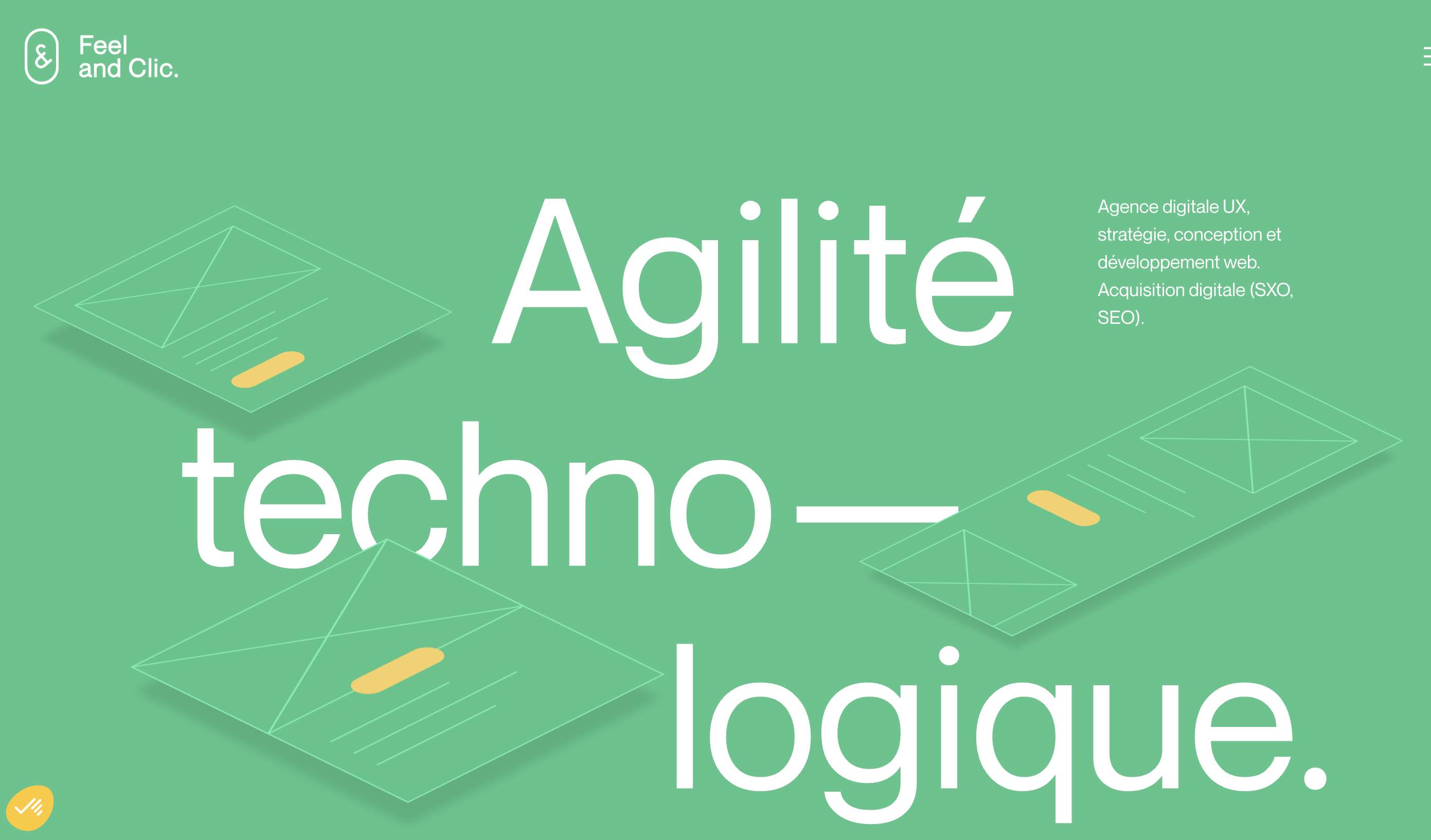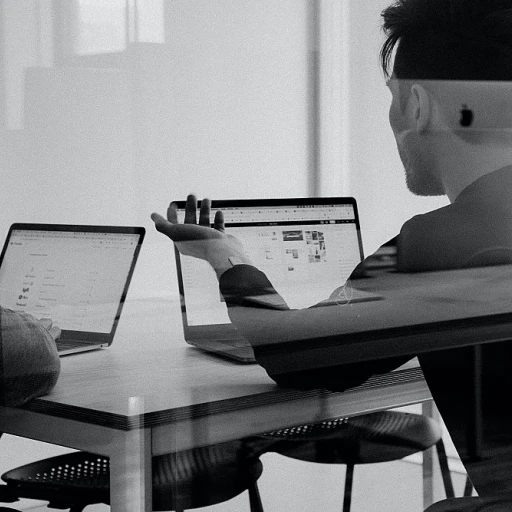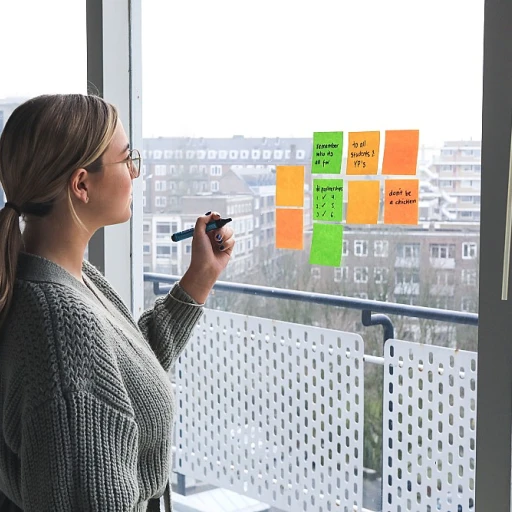Understanding the Importance of Logout Dialogs
Why Logout Dialogs Matter in User Interface Design
In today's digital age, providing an intuitive and seamless user experience is crucial for any web interaction. The logout dialog, often overlooked, plays a vital role in ensuring users can exit a platform confidently and securely. This seemingly simple component holds much weight in the overall user journey, impacting usability and satisfaction. A well-designed logout dialog, such as a modal or pop-up, ensures that los usuarios can navigate the interface without confusion. When las ventanas modales are effectively designed, usuario puede experience a smooth transition off the platform. Por tanto, it becomes a necessary aspect of web design that requires careful consideration. The primary function of a logout dialog is to confirm the user's intention to exit. Una ventana modal ensures that users avoid accidental logouts, a scenario that can frustrate and disorient those who may have unsaved work or ongoing tasks. Furthermore, cuando una ventana prompts for confirmation, users feel reassured about their actions, leading to increased trust in the application's reliability. However, a logout dialog is more than just a safety net. It should align with the branding and aesthetic of the platform, making it a cohesive part of the interfaz usuario. This integration helps in maintaining a uniform user experience across the site. Del usuario perspective, consistency in design, including the elements like dialogs, can enhance satisfaction significantly. Incorporating logout dialogs isn't only about aesthetics or basic functionality. For those involved in creating digital solutions, understanding the significance of a logout dialog and its elements can provide deeper insights into crafting a comprehensive user experience. This understanding is critical for para los usuarios to experience a frictionless transition between different parts of a web application.Key Elements of an Effective Logout Dialog
Crucial Components of a Well-Designed Logout Dialog
In the realm of web design, creating an effective logout dialog, or ventana modal, is paramount to ensure a smooth user experience. But what exactly does an ideal logout dialog entail? Let's break down the primary elements that compose a well-crafted dialog.- Clear Messaging: The usuario must immediately understand the purpose of the dialog. Utilizing straightforward language and a concise message can assist in reducing confusion with ventanas modales, increasing efficiency for the usuario puede.
- Prompt Feedback: Once a user initiates a logout, the feedback should be immediate. Delaying response can result in frustration and potential errors. This is where the interfaz usuario plays a significant role, ensuring information is relayed rapidly with the dialog.
- Consistent Design: The visual layout of the ventana modal should harmonize with the web platform’s principal design, effectively guiding the user’s expectations. A consistent design is not merely aesthetic but also functional.
- Accurate Confirmation Options: To ensure los usuarios make informed decisions, it’s vital for the modal to provide clear confirmation and cancellation options. This mitigates any accidental actions con el usuario.
- Accessibility Considerations: As discussed in enhancing user satisfaction in design, accessibility can never be overlooked in web design. Adding keyboard navigation and screen reader compatibility ensures all users can interact with las ventanas effectively.
Common Mistakes in Logout Dialog Design
Common Pitfalls to Avoid in Logout Dialog Design
Designing an effective logout dialog is crucial for maintaining a seamless user experience on web platforms. However, certain common mistakes can hinder its efficiency. Here are some areas where errors often occur:
- Overcomplicated Interface: One of the principal pitfalls is creating overly complex ventanas modales that confuse rather than guide the usuario. A dialogue para los usuarios should be straightforward and concise, ensuring that the user's intention to log out is clear and uninterrupted by unnecessary elements.
- Lack of Clear Call to Action: The dialog must siempre include a clear call to action. If the usuario can’t easily find how to confirm or cancel their logout choice, they might end up frustrated, impacting their user journey.
- Poor Response to Errors: Many modales fail to effectively handle errors, leaving usuarios puzzled when something goes wrong. It’s critical that any ventana informs the usuario of what they can do next if an error occurs while logging out.
- Inconsistent Design Elements: The design of las ventanas should be consistent with the overall con ventana principal of your site. Any mismatch may lead to distrust or confusion para los usuarios.
These pitfalls, if not recognized and addressed, can significantly undermine the effectiveness of a logout dialog. A keen focus on clear, user-centric design principles can help avoid them, creating a smooth and predictable experience for all involved. For more insights into optimizing mobile app experiences, check out this resource on user-centric design.
Best Practices for Designing Logout Dialogs
Optimizing Logout Dialog Design for Users
Designing effective logout dialogs requires an understanding of the user's needs and preferences, as well as the technical capabilities of web and mobile interfaces. Here are some best practices to enhance the user experience and ensure a smooth process when users decide to end their sessions.
- Clear and Concise Messaging: The primary function of a logout dialog is to communicate effectively with the user. This means using simple language that clearly states the purpose of the dialog and the actions that a user can take. Avoid technical jargon and focus on a straightforward approach that resonates with diverse user groups.
- Confirmation and Options: Offering a confirmation step can help prevent accidental logouts. Provide options like "Yes, log me out" and "Cancel" to give users a clear choice. This is particularly beneficial in web design, where users may not realize the consequences of exiting a session abruptly.
- Visual Hierarchy and Design: When using a modal window, like a "ventana modal," it's crucial to maintain a visual hierarchy that guides the user’s attention. Prioritize the main action button and clearly differentiate it from secondary options. Ensure the design integrates seamlessly with the application's overall look and feel.
- Testing and Feedback: As with any UI component, testing is essential. Regularly gather feedback from users about their experience with your logout dialogs. This can illuminate areas that require improvement or aspects that are particularly strong.
By implementing these best practices, designers can create logout dialogs that not only reduce user frustration but also enhance the overall integrity of the application. Users will appreciate a logout process that respects their time and ensures their actions are intentional, reflecting positively on their overall user experience.
Case Studies: Successful Logout Dialog Implementations
Exploring Real-World Logout Dialogs
In examining successful implementations of logout dialogs, we find that intuitive design can indeed shine when prioritizing user experience. One of the primary observations is how effectively companies balance aesthetics with functionality.- Consistency Across Platforms: It's not unusual to see similar logout modal designs between web platforms and mobile apps. This consistency allows users to transition between devices without confusion, maintaining an uninterrupted experiencia del usuario.
- Clear Communication: An exemplary logout dialog aims for clarity. By utilizing straightforward language and recognizable icons, users can quickly comprehend their current state and next steps without unnecessary cognitive load.
- Smooth Transitions: The implementation of graceful animations in ventanas modales offers a polished look while subtly guiding users through their decision-making process. A quick fade-in effect, for example, can make the transition feel light and intentional.
- Visual Hierarchy: By using contrasting colors and ample spacing, the utama pilihan logout emerged more prominently, ensuring the user's focus landed correctly.
- Responsive Design: The ability for windows to adapt dynamically to different screen sizes further ensured accessibility and ease of use through ventanas principle.
Future Trends in Logout Dialog UX Design
Looking Ahead: Evolving Trends in Logout Dialog UX Design
The landscape of logout dialog design continues to evolve, with new trends emerging to meet the ever-changing needs of los usuarios and ventanas modales. Understanding these developments can help designers create more intuitive and effective interfaces. Here are some trends to watch for:
- Increased Personalization: Designers are focusing on making una ventana modal more personal by tailoring options to the user's preferences and past behaviors. Personalization creates a seamless experience, making the ventana principal friendlier and more engaging for del usuario.
- Integrating User Feedback: More companies are using real-time feedback channels within their modal esta dialogs. This interaction allows los usuarios to express their thoughts and provides insights into improving la interfaz usuario.
- Advanced Security Features: As security becomes a priority, una ventana can prompt users for additional verification when logging out, adding a layer of security while enhancing trust with the brand.
- Responsive and Adaptive Design: With a focus on seamless user experiences across devices, logout dialogs should adapt to different screen sizes and contexts. Responsiveness ensures that las ventanas remain effective and usable, no matter how or where usuarios access su ventana.
Designers must keep these trends in mind as they work to refine the logout dialogs within their web projects. By applying these trends thoughtfully, the outcome can significantly enhance del usuario's experience with intuitive and user-friendly para mostrar solutions. As design continues to advance, these principles will form the foundation for future interfaz usuario improvements.














